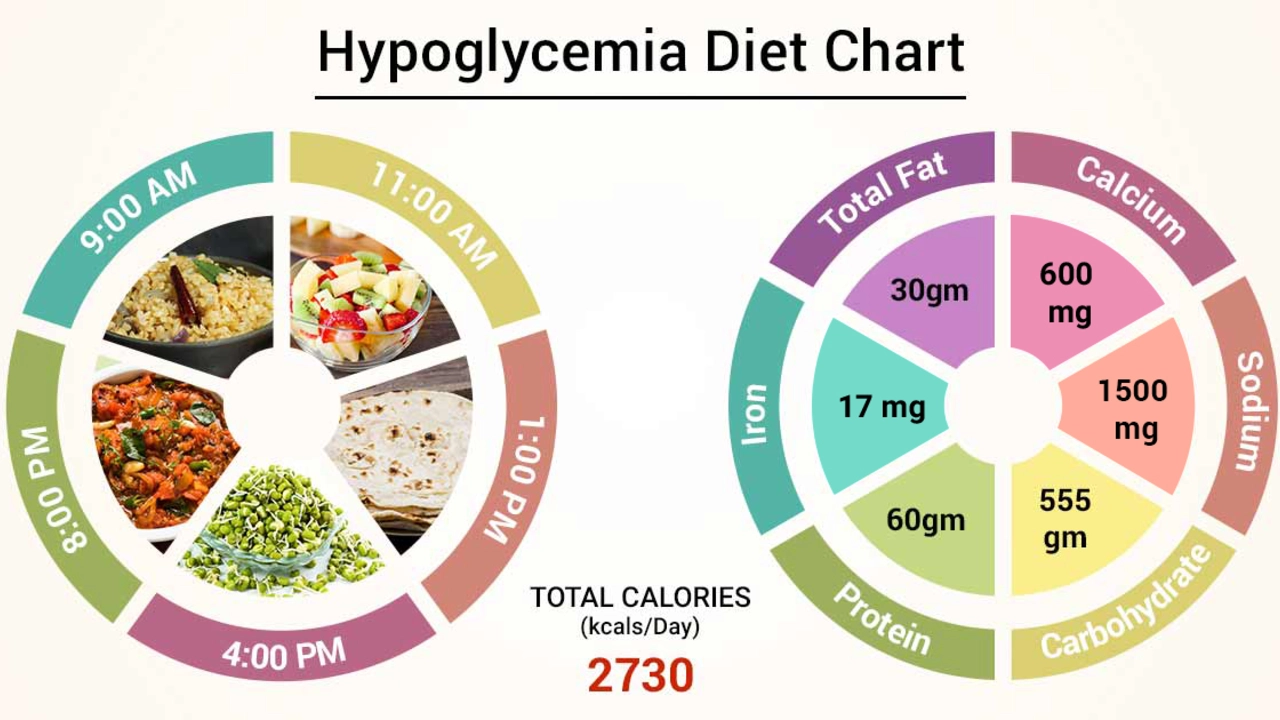Eye swelling: what’s causing it and what to do right now
Eye swelling is common and usually not dangerous, but it can be worrying. Puffiness or a swollen eyelid can come on suddenly or slowly. Knowing the likely causes and a few simple fixes can stop the problem from getting worse and help you decide if you need a doctor.
Common causes you can check at home
First, think about how it started. Did you wake up with puffy eyes after a late night or salty meal? That’s usually fluid retention and improves quickly. Allergies cause itching, redness, and both eyes often swell. A stye or chalazion looks like a painful lump on the eyelid and responds well to warm compresses. Conjunctivitis (pink eye) usually brings redness, discharge, and crusting. More serious causes include orbital cellulitis (a spreading infection), trauma, or a blocked tear duct — these need prompt care.
Medications, thyroid problems, and kidney issues can cause chronic puffiness. If swelling comes with other body swelling, bring this up with your primary care doctor.
Fast home fixes that help
Try these practical steps right away: stop touching or rubbing the eye, remove contact lenses, and ditch eye makeup until everything clears. Use a cold compress (clean cloth with cold water or ice wrapped in a towel) for 10–15 minutes to reduce puffiness and pain. For a painful lump like a stye, apply a warm compress for 10–15 minutes three to four times a day — that helps the blocked gland drain.
If allergies are likely, an over-the-counter oral antihistamine (like cetirizine or loratadine) and lubricating eye drops can reduce itch and swelling. Artificial tears help if your eye is dry or irritated. Avoid home remedies that involve squeezing, poking, or applying unclean substances — those increase infection risk.
For mild swelling after sleeping, elevate your head with an extra pillow overnight and cut back on salty foods. If you have a known allergy, try to remove or wash the trigger (pet hair, pollen on clothing, or a new cosmetic product).
Red flags — get medical help now
If you have any of these, see a doctor or urgent care immediately: vision loss, severe eye pain, increasing redness spreading across the face, fever, pus draining from the eye, sudden double vision, or swelling after a direct injury. Also seek care if swelling doesn’t improve within 48–72 hours despite home care, or if it keeps coming back.
Infections like bacterial conjunctivitis or orbital cellulitis need prescription antibiotics. Styes sometimes need a doctor to drain them. If you’re unsure, a quick call to a clinician can help you avoid complications.
Want tips tailored to your case? Note any recent allergies, new skincare or makeup, contact lens use, recent eye injuries, or other symptoms and share those when you talk to a clinician. Simple details often point right to the cause and the fastest fix.

The Role of Diet in Preventing and Reducing Eye Swelling
In my recent blog post, I discussed the significant role that diet plays in preventing and reducing eye swelling. I found that consuming foods rich in vitamins A, C, and E, as well as omega-3 fatty acids, can help maintain good eye health. Also, staying hydrated by drinking plenty of water is essential, as dehydration can cause eye puffiness. Reducing salt intake is another crucial factor since excessive salt can lead to water retention around the eyes. Lastly, I emphasized the importance of eating a well-balanced diet to ensure our eyes receive the necessary nutrients to function optimally and stay healthy.
More Detail